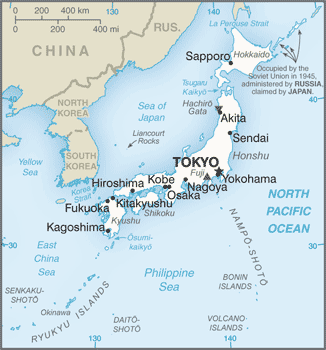|
| 서한 |
시정서한 |
|
| 매체 |
웹사이트
|
|
| 이슈 |
동해
|
|
| 언어 |
|
|
| 서한보내는곳 |
https://www.cia.gov/cgi-bin/comment_form.cgi |
|
| 오류내용 |
일본사진에 'sea of japan'일고 표기됨. |
|
| E-mail / Contact |
|
|
서론 |

Dear CIA webmanaer,
Hello. This is Sang-Uk Kim who studies korean history and japanese history in South Korea, high school. I really thank you for your website which provides useful contents as international geography information and a variety of country culture like korea, japan for my researching korean history and japanese history.
|
|
| 본론 |
However, I have found some minor different information in your website from other sources during the research. In the map of your website, the name of the sea between Korea and Japan is described as "Sea of Japan". It seems unreasonable to use the name "Sea of Japan" which is decided in the period of imperialism because its original name is "East Sea" which has been used throughout history. Therefore, I believe that the body of water between Korea and Japan should be described as the “East Sea” or at least with the simultaneous use of both names; “East Sea/Sea of Japan.”Even the use of this method has been observed on December 4, 1999. along with the National geographic society that issues international monthly magazine devoted to earth science.
I would like to attach some references to help your understanding of this matter. I hope that errors in your website will be corrected. If you do not mind, could you let me know an e-mail address of the person in charge or another possible way to correction, please?
|
|
| 결론 |
Finally thank you for reading my ask. I look forward to hearing from you.
Yours sincerely,
Sang-Uk Kim who studies in South Korea, high school.
(https://www.cia.gov/library/publications/the-world-factbook/geos/ja.html) |

